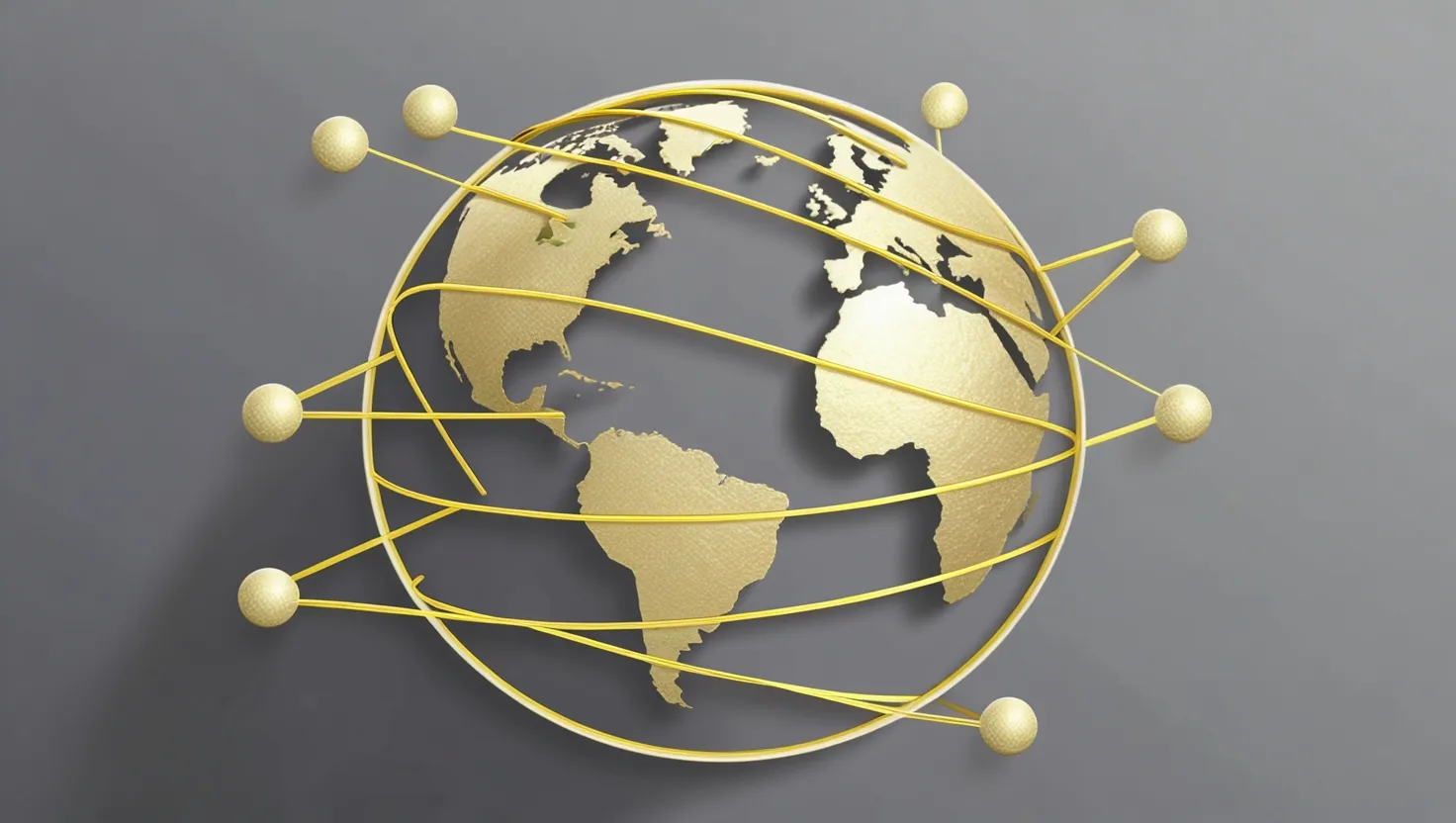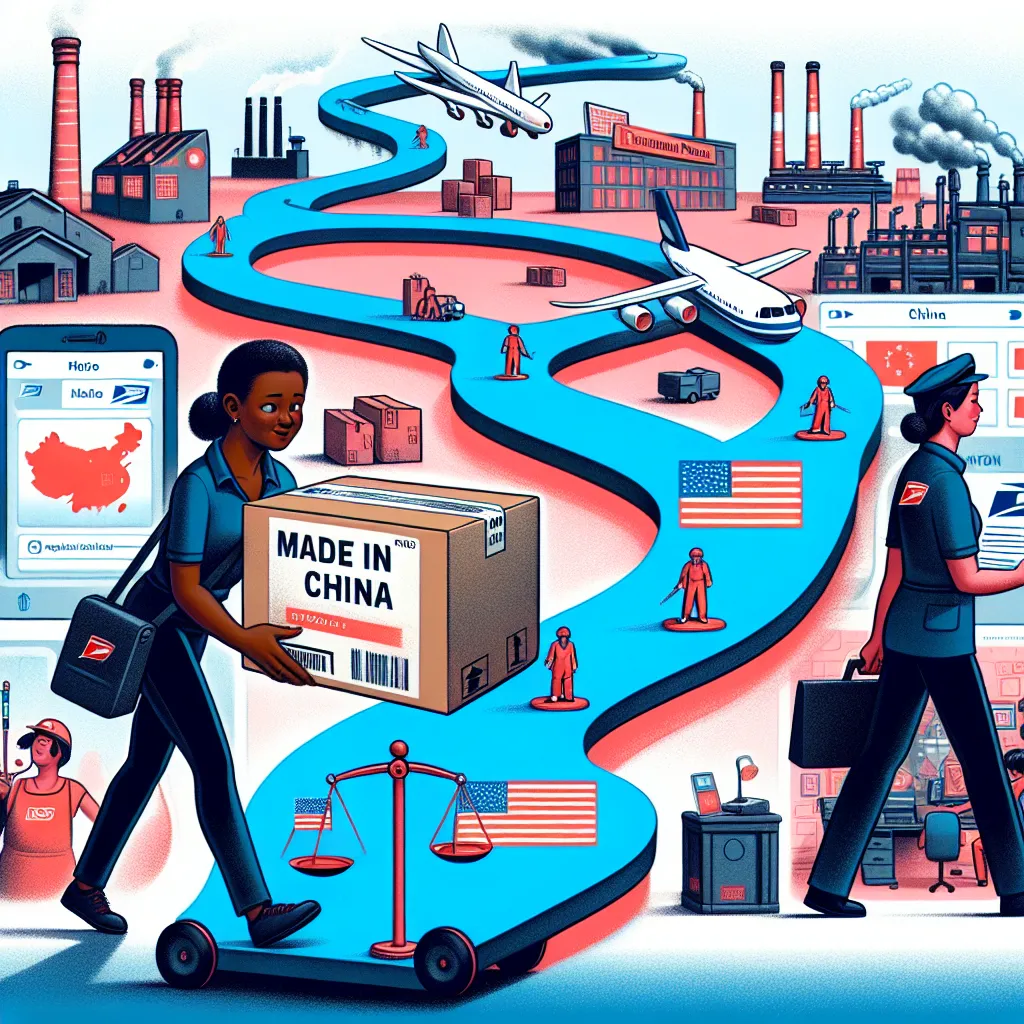As I reflect on the Bretton Woods System, I am reminded of the profound impact it had on the global economy in the aftermath of World War II. This system, born out of a conference in 1944, was more than just an economic agreement; it was a vision for a stable and cooperative international financial order.
Imagine a world where economic chaos and protectionism had ravaged nations, leading to the devastating consequences of the Great Depression and the war. It was against this backdrop that 44 Allied countries gathered in Bretton Woods, New Hampshire, to chart a new course. The conference was a testament to the collective desire for stability and cooperation, as encapsulated by John Maynard Keynes, one of the key architects: “The object of the Conference is to lay the foundations for a new and more lasting prosperity.”
At its core, the Bretton Woods System was built around a simple yet powerful idea: fixed exchange rates. Countries pegged their currencies to the U.S. dollar, which in turn was convertible to gold at a fixed rate of $35 per ounce. This arrangement was designed to reduce currency fluctuations, a major hindrance to international trade, and provide a mechanism for adjusting balance of payments.
But how did this system actually work? The International Monetary Fund (IMF) and the World Bank were the twin pillars of this new economic order. The IMF managed the fixed exchange rate system and provided short-term loans to countries facing balance of payments difficulties. The World Bank, on the other hand, focused on long-term economic development and reconstruction. These institutions were not just financial bodies; they were instruments of economic diplomacy, fostering cooperation and stability.
The 1950s and 1960s, often referred to as the “Golden Age of Capitalism,” saw unprecedented economic growth and relative stability under the Bretton Woods System. Countries were able to pursue Keynesian economic policies, dampening economic fluctuations and ensuring minor recessions. This period was marked by a rare consensus between states to limit international capital flows, allowing them to implement full employment policies and maintain macroeconomic stability.
However, beneath the surface of this economic prosperity, strains were beginning to show. The U.S. economy, which had been the bedrock of the system, started to weaken relative to other major economies. The persistent U.S. trade deficit and global inflation put pressure on the fixed exchange rate system. The price of gold, fixed at $35 per ounce, became increasingly unrealistic, leading to speculation against the dollar.
In 1961, the London Gold Pool was formed to defend the $35 per ounce peg, but this was a temporary solution. By the late 1960s, the system was on shaky ground. The introduction of a two-tier gold market in 1968, with a freely floating private market and official transactions at the fixed parity, was a last-ditch effort to save the system. However, it was inherently fragile.
The final blow came in August 1971, when President Nixon announced that the U.S. would end the on-demand convertibility of the dollar into gold for central banks of other nations. This event, known as the “Nixon Shock,” marked the end of the Bretton Woods System and the beginning of the era of floating exchange rates.
As we look back, the collapse of Bretton Woods raises several questions. What were the underlying factors that led to its demise? How did the system’s rigidities fail to adapt to changing economic realities? And what lessons can we draw from this experience?
One of the lesser-known facts about Bretton Woods is the role of capital controls. The system allowed governments to limit international capital flows, which was crucial for maintaining domestic economic policies. This aspect of Bretton Woods is often overlooked but was pivotal in enabling states to pursue full employment and macroeconomic stability.
The Bretton Woods era also highlights the importance of international economic cooperation. The system was not just about economic stability; it was about creating a framework that allowed nations to work together towards common goals. As Harry Dexter White, another key architect, noted, “The Bretton Woods Agreement is the greatest monetary agreement in history.”
Despite its collapse, the Bretton Woods System’s legacy endures. The U.S. dollar remains the world’s primary reserve currency, and institutions like the IMF and World Bank continue to play significant roles in global finance. These institutions have evolved over time, adapting to new economic realities and challenges.
As we navigate the complexities of the modern global economy, the Bretton Woods System offers valuable insights. It reminds us of the challenges of maintaining fixed exchange rates in a dynamic world and the importance of international cooperation in economic governance. It also underscores the evolving nature of global financial systems, which must adapt to changing economic conditions.
In the words of John Maynard Keynes, “The difficulty lies not so much in developing new ideas as in escaping from old ones.” The Bretton Woods System was a bold experiment in economic cooperation, and its legacy continues to shape our understanding of global finance today.
So, what can we learn from this experiment? How can we apply these lessons to the current economic landscape? And what does the future hold for international economic cooperation? These are questions that continue to resonate as we move forward in an increasingly interconnected world.






